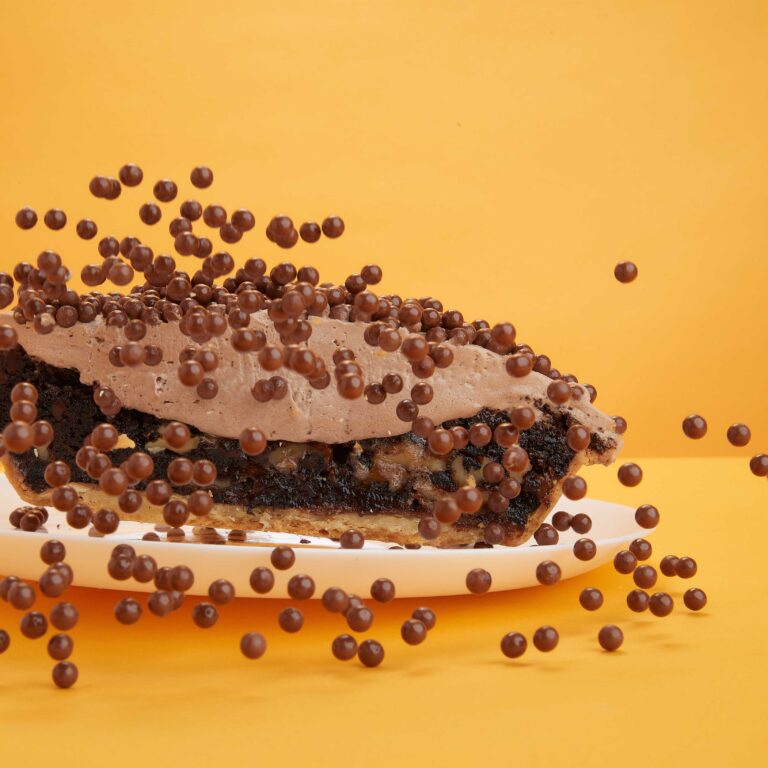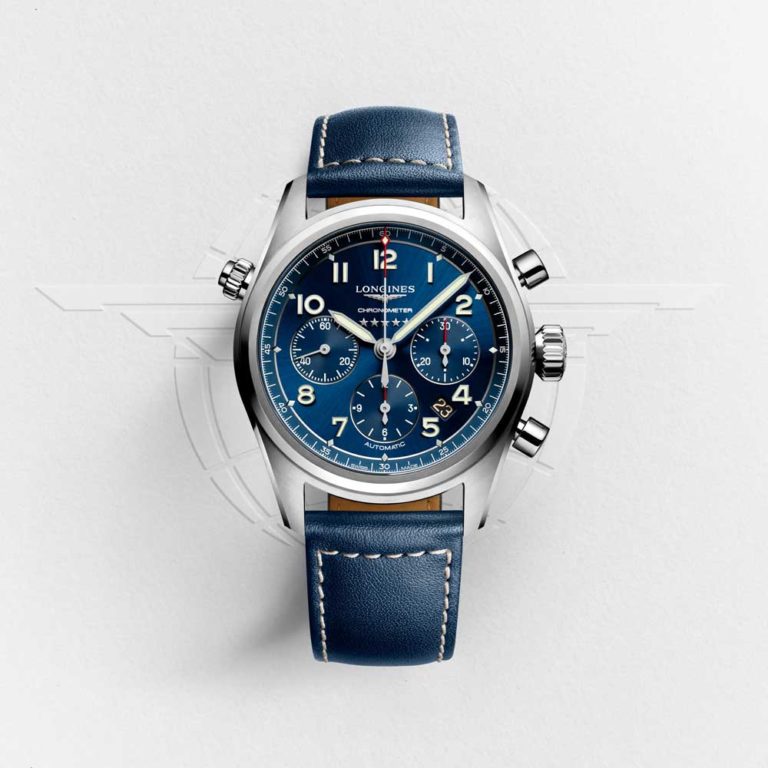The year in fashion collaborations: How brands redefined luxury
December 8, 2016 | Glossy | by Bethany Biron
In terms of fashion collaborations, the big trend of 2016 was cultivating new consumers, as retailers continued to embrace an evolving definition of luxury.
The influx of collaborations — ranging from a streetwear line by Alexander Wang for Adidas Originals to designer partnerships among fast-fashion retailers, like Kenzo x H&M — demonstrates an ongoing shift in the high-end market. Names that used to be saved for luxurious pieces at exorbitant price points are being tagged on affordably priced products targeted toward millennial shoppers.
According to survey data from millennial marketing company Ypulse, 55 percent of consumers ages 13-34 have never purchased a luxury product, and 60 percent of those who haven’t said it’s because they can’t afford them. Additionally, 65 percent of millennial responders agree that luxury brands should make affordable items so more people can own them.
Brands have been listening. The first big designer collaboration was Karl Lagerfeld for H&M in 2002. Soon after, in 2003, Target debuted its Isaac Mizrahi line. Customers clamored for the exclusive looks, which fashion companies hoped would foster brand loyalty. Today, the collaboration has evolved: Partnerships are no longer strictly between major retailers and designers — they also include celebrities, models and influencers.
“Luxury brands are acknowledging that the definition of luxury has changed,” said MaryLeigh Bliss, chief content officer at YPulse. “The majority of [young] consumers aren’t buying their products. Affluent millennials exist, but they’re a pretty niche group.”
Sam Romanoff, research associate at L2, echoed Bliss in saying that fashion brands are seeking to tap into a new, younger consumer base that can’t afford traditional luxury goods. “The high-fashion brands want to meet new consumers they couldn’t target before because of their price points. After that, [the consumers] can become loyal to the brand.”
However, the fact that many collaborations have been inundating the marketplace is forcing brands to get more innovative, said Bliss.
“While the desire is not going away, [brand collaborations] need to get more interesting,” she said. “It has become the expected. So many mainstream and well-known designers are doing them regularly, so brands are trying to find new takes.”
In 2016, the push for innovation was manifested through digital integrations — like Kenzo x H&M’s emoji keyboard, which was designed to generate buzz for the collection, and several pop-up shops in major cities: Nike and Bandier hosted a design-your-own-sports-bra event and Olivier Rousteing and Nike hosted a flash event, both at Nike stores in New York.
While at the surface level, it appears these collaborations are democratizing the luxury industry, their secretive nature and elusive product don’t always breed inclusivity. This is intentional, Romanoff said, because luxury brands need to maintain a sense of exclusivity and brand identity when offering products at lower price points.
For brands like H&M, high product turnover and furor over one-of-a kind items is the ultimate goal, Marybeth Schmitt, North America communications director of H&M, told Glossy in November. “We want the turnover of the clothes in the stores to be high,” she said. “The idea has always been that the collection should sell out and that it should be limited and exclusive.”
Regardless of the ongoing tension between accessibility and inclusivity, Roberto Villazon, CEO and founder of the agency hi-gloss, said the limited availability of designer collaborations is what breeds success.
“H&M has been doing these collaborations for some time, which indicates it works,” he said. “Not only do these collaborations make the unattainable to some, attainable to others, but they also keep the brands fresh and top of mind.”
For designers, collaborations have also been a strategic means of experimenting with see-now-buy-now fashion, as was the case for Alexander Wang, who announced his surprise capsule collection with Adidas at the end of his New York Fashion Week show in September. The collection was released through a series of pop-up trucks around New York City. Select items from the 84-piece unisex line were sold immediately, and the full collection will be available this spring.
“We have found that this shortened timeline between seeing the collection and it being available in stores creates a sense of immediacy and generates excitement at the retail level,” Wang told Women’s Wear Daily in May.
Celebrity partnerships have also reigned supreme. Retailers like Puma and Reebok have leveraged star power to bolster sales — this year, they partnered with Rihanna, Usain Bolt and Gigi Hadid. Puma attributed part of its Q4 success to the release of Rihanna’s Fenty x Puma collection in September, which built upon its prior work with the designer.
The rise of accessible celebrity-designed clothing is reflected in the transformation of concert merchandise, as well. In August, Justin Bieber teamed with both VFiles and Forever 21 to sell variations of merchandise from his Purpose World Tour, which were well received.
“Fashion has become a rather natural ‘brand extension’ for many celebrities,” Dominik Prinz, executive director and head of strategy at Interbrand, told Glossy in September. “It has opened up new ways for them to capitalize on their ability to reach millions of consumers and cash in, and grow their personal brands.”
The rise of designer and celebrity collaborations with fast fashion retailers like H&M and Forever 21 is also changing the way consumers shop at these stores, Bliss said.
“For older millennials, we see the rising mindset of less is more,” Bliss said. “They don’t want to have a closet full of disposal clothing, and there’s a desire to avoid shopping mindlessly. One of the advantages of these collaborations is they make these fast fashions into something special that millennials are willing to include in their slimmed-down closets.”



